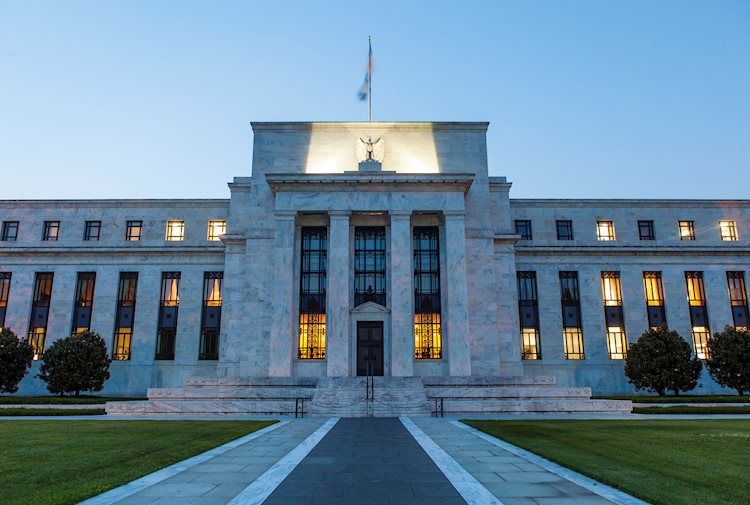The Federal Reserve is currently monitoring inflation data before making any decisions on rate cuts. With the policy rate remaining unchanged at 5.25%-5.5% following the June meeting, Federal Reserve policymakers are divided on the timing of a policy pivot. President of the Philadelphia Fed, Patrick Harker, has taken a cautious stance, indicating that rates may need to remain where they are for a longer period to mitigate inflation risks.
Harker emphasized the importance of more data to make informed decisions on rate cuts, suggesting that one rate cut may be appropriate by the year’s end. Despite positive CPI data, there is still uncertainty surrounding inflation progress, particularly in the shelter and service sector inflation. Harker highlighted the need for further confidence before making any changes to current policy rates.
Fed Chairman Jerome Powell echoed the sentiment of waiting for more “good inflation readings” before considering any rate cuts. While the probability of the Fed maintaining current rates in September has declined, investors are closely monitoring comments from policymakers to gauge the timing of any potential rate reductions. Cleveland Fed President Loretta Mester and Minneapolis Fed President Neel Kashkari both emphasized the importance of waiting for more data before making any decisions on interest rates.
Inflation measures the increase in the price of goods and services, with core inflation excluding more volatile elements like food and fuel. Central banks typically target core inflation at around 2% to maintain price stability. The Consumer Price Index (CPI) measures changes in prices over time, with core CPI indicating the figure targeted by central banks. Higher inflation can lead to higher interest rates, which can strengthen a currency, while lower inflation may result in lower interest rates, impacting currency value.
In times of high inflation, investors may turn to Gold as a safe-haven asset, although central banks may raise interest rates to combat inflation, which can be negative for Gold prices. Lower inflation, on the other hand, tends to be positive for Gold as it brings down interest rates, making the precious metal a more attractive investment. Overall, inflation plays a crucial role in monetary policy decisions and can impact both interest rates and currency values.
As the Federal Reserve continues to monitor inflation data and remains divided on the timing of potential rate cuts, investors are advised to pay close attention to comments from policymakers in the coming months. With the aim of achieving price stability and economic growth, the Fed’s data-dependent approach underscores the importance of waiting for more definitive inflation readings before implementing any changes to monetary policy rates.









